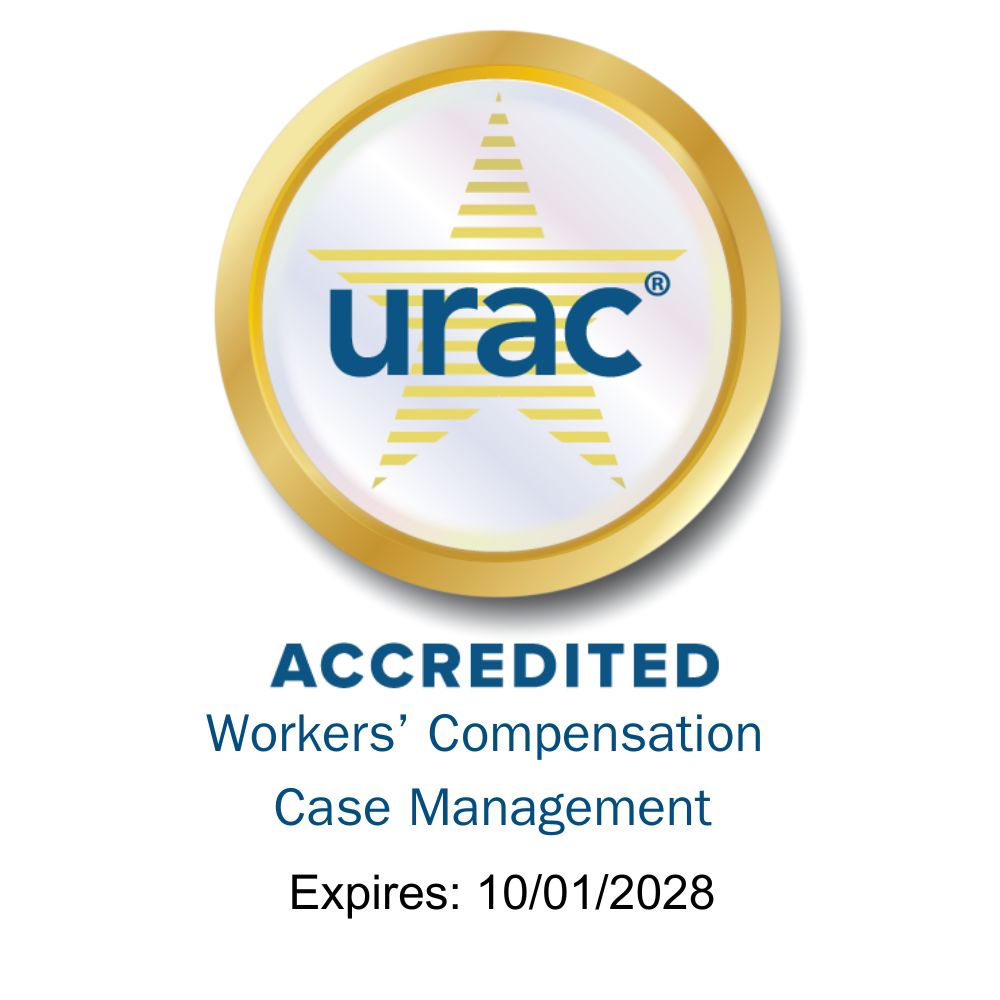Modified Duty Off-Site Programs
Understanding Modified Duty Offsite Work - What is it, and who is it for?
Employers in industries without fixed worksites, like trucking and construction, have been taking advantage of modified duty offsite (MDOS) work for several years - but it can be a good fit for employers of all industries. If an employee is injured at work, their treating physician may provide restrictions detailing what they can and cannot do. Even when the restrictions seem easy to work around, some businesses are still unable to accommodate them because of the manual nature of their industry. With no option for light or restricted duty, the injured worker (IW) is placed on Temporary Total Disability (TTD), meaning that either the employer or Ohio BWC is providing compensation for their lost wages. This raises claim costs, which can raise Ohio BWC premiums as a result. MDOS can make a positive impact for everyone involved by providing the IW an opportunity to perform duties for a non-profit until they’re able to return to full duty with their employer. Maintaining a daily schedule and physical activity while recovering from a workplace injury are key factors in an employee’s return to work plan.
What is the purpose/advantage of a modified duty offsite (MDOS) work offer?
- MDOS facilitates meaningful work for the injured worker through MDOS. Many IWs that have been provided this option have said that working for charity just “feels good.”
- It removes a significant barrier for employers that can’t accommodate restricted duty.
- The impact on workers' compensation premiums is lower if TTD isn't paid to the IW.
- Lost work days are decreased because the IW has returned to work.
- It helps employers participating in the Transitional Work Bonus (TWB) program, as the employer would be accommodating modified duty.
- The IW may recover more quickly and avoid deconditioning if they continue to work.
- The IW is less likely to view themselves as “disabled.”
- Studies have shown that the longer an IW is off work, the slimmer the chances are of them ever returning to work.*
- MDOS provides solutions for employers that can't provide a 40-hour workweek of modified duty. Some employers don't have enough work to keep an IW busy full-time on modified duty, so the IW could split time between employer and nonprofit worksites.
- It creates a positive company culture regarding Return to Work (RTW).
- The IW receives full salary while working for non-profit vs. the reduced TTD rate (between 66.67% and 72% depending on length of absence)
How will we know if an MDOS is right for a particular claim?
Employers should engage their third party administrator (TPA) in a discussion to determine if MDOS is right for a claim.
Does BWC have to approve utilizing an MDOS?
No.
Can restrictions always be accommodated?
Any restrictions can be accommodated with MDOS partnerships.
*A study by Zurich found that the likelihood of an employee returning to work drops 50% after just 12 weeks away from the job.


